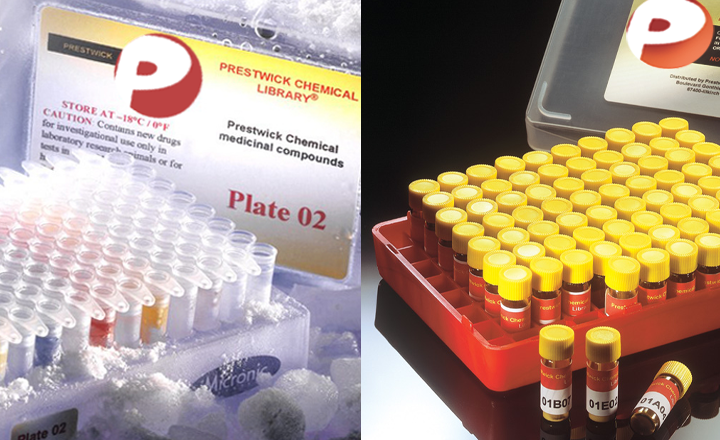Cardiac glycosides provide neuroprotection against ischemic stroke: discovery by a brain slice-based compound screening platform.
Wang JKT, Portbury S, Thomas MB, Barney S, Ricca DJ, Morris DL, Warner DS, Lo DC
Proceedings of the National Academy of Sciences of the United States of America - vol. 103 10461-6 (2006)
Proceedings of the National Academy of Sciences of the United States of America
We report here the results of a chemical genetic screen using small molecules with known pharmacologies coupled with a cortical brain slice-based model for ischemic stroke. We identified a small-molecule compound not previously appreciated to have neuroprotective action in ischemic stroke, the cardiac glycoside neriifolin, and demonstrated that its properties in the brain slice assay included delayed therapeutic potential exceeding 6 h. Neriifolin is structurally related to the digitalis class of cardiac glycosides, and its putative target is the Na(+)/K(+)-ATPase. Other cardiac glycoside compounds tested also showed neuroprotective activity, although with lower apparent potencies. In subsequent whole-animal studies, we found that neriifolin provided significant neuroprotection in a neonatal model of hypoxia/ischemia and in a middle cerebral artery occlusion model of transient focal ischemia. The neuroprotective potential of Na(+)/K(+)-ATPase is of particular interest because of its known « druggability »; indeed, Food and Drug Administration-approved, small-molecule compounds such as digitoxin and digoxin have been in clinical usage for congestive heart failure and arrhythmias for several decades. Thus, an existing cardiac glycoside or closely related compound could provide an accelerated path toward clinical trial testing for ischemic stroke. Our findings underscore the important role that hypothesis-neutral, high-content, tissue-based screens can play in the identification of new candidate drugs and drug targets for the treatment of diseases for which validated therapeutic pathways are not currently available.


